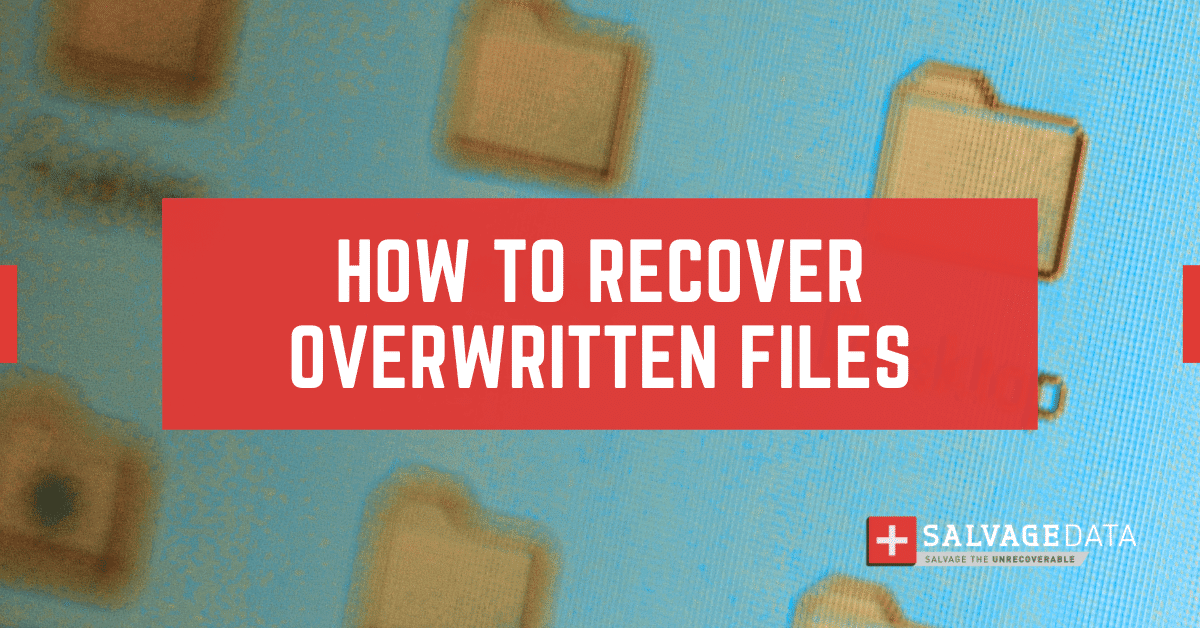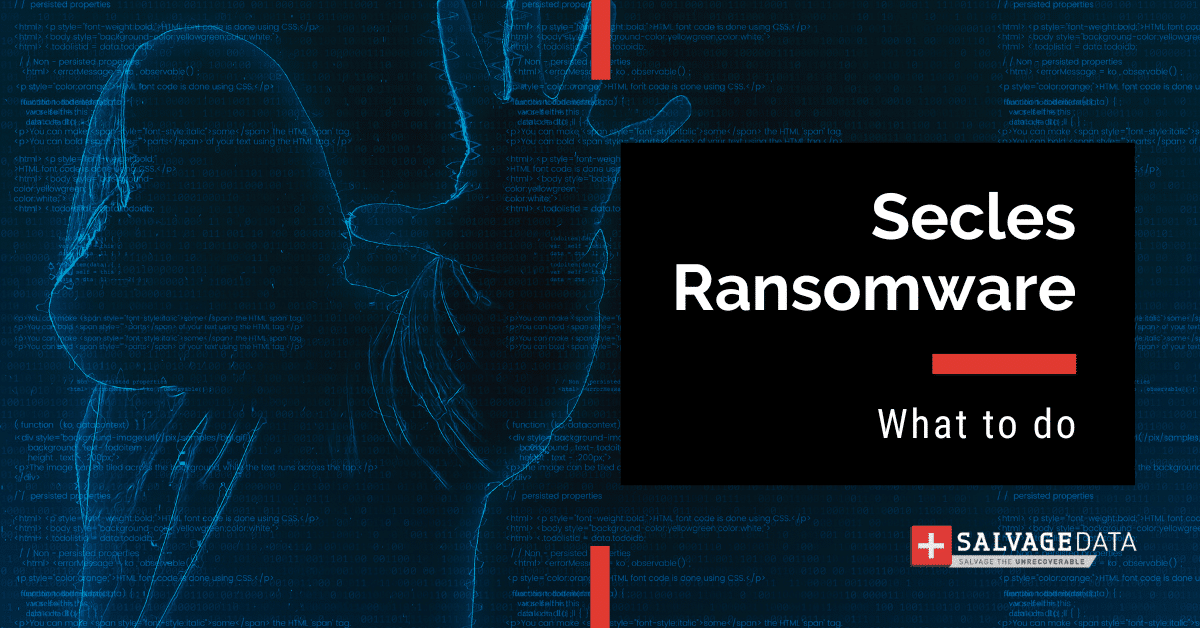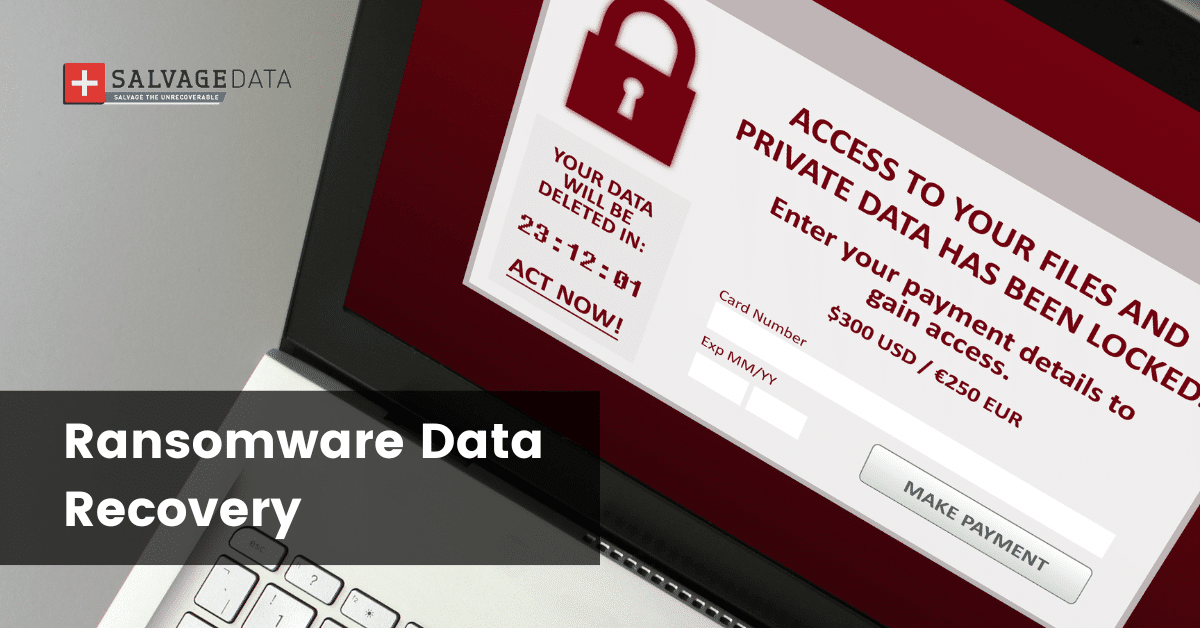Recent Articles
How To Recover Overwritten Files
The Snowflake Data Breach: A Comprehensive Overview
Mac Not Recognizing External Hard Drive: Quick Fix Solutions
How Multi-Cloud Backup Solutions Can Prevent Data Disasters
Capibara Ransomware: What is it & How to Remove
What Should a Company Do After a Data Breach: The Ticketmaster Incident
Secles Ransomware: Removal Guide
What To Do When Your Chromebook Freezes
How to Create Hyper-V Backup
What Is The Best Data Recovery Software For PC

I think there's an issue with my storage device, but I'm not sure Start a free evaluation →
I need help getting my data back right now Call now (800) 972-3282
What is CryptoTorLocker Ransomware?
CryptoTorLocker Ransomware is a type of malware that encrypts your files and holds them for ransom until you pay a fee to the attackers.
They typically demand this fee in Bitcoin and it is often quite expensive – sometimes hundreds or even thousands of dollars. Once your files are encrypted, you will not be able to access them without the decrypt key, which only the attacker has. CryptoTorLocker Ransomware is particularly dangerous because it can spread quickly through networks, and often targets businesses and other organizations. If they infected your organization with CryptoTorLocker Ransomware, it is important to act quickly and consult with a cybersecurity expert to minimize the damage.
Protection
There are several things you can do to protect yourself from CryptoTorLocker Ransomware and other types of malware:
– Use a reputable anti-virus program and keep it up-to-date
– Don’t open emails or attachments from unknown senders
– Be careful what you download from the internet
– Keep your operating system and software up-to-date
History
CryptoTorLocker Ransomware first emerged in early 2016 and quickly gained notoriety for its sophisticated encryption algorithm and ability to spread rapidly through networks. Since then, there have been several variants of CryptoTorLocker Ransomware, each with slightly different features. However, all variants share the same basic goal: to encrypt your files and demand a ransom for their return.
CryptoTorLocker Ransomware is just one of many types of ransomware that have emerged in recent years. As ransomware becomes more common and more sophisticated, it is essential to be aware of the risks and take steps to protect yourself.
What should you do?
If attackers have infected you with CryptoTorLocker Ransomware, the best thing to do is to consult with a cybersecurity expert who can help you assess the situation and determine the best course of action.
Trying to remove the malware on your own can be difficult and may even make the situation worse.
Cybersecurity experts can help you understand what happened, assess the damage, and decide if paying the ransom is the best option. In some cases, recovering your files without paying the ransom may be possible. However, this is not always possible, and even if it is, there is no guarantee that the attacker will provide you with the decrypt key.
We do not recommend paying the ransom, as it simply encourages attackers and funds their future activities.
However, if you decide to pay, you should only do so using Bitcoin or another cryptocurrency, as this is the only way to ensure that your payment will remain anonymous. You should also only pay the ransom if you are sure that you will be able to get your files back.
Is there a public decryption tool?
No, there is not currently a public decryption tool for CryptoTorLocker Ransomware. Even if there was, we would not recommend using it, as it could potentially make the situation worse.
Contact a data recovery service
If you are a victim of CryptoTorLocker Ransomware, the best thing to do is to contact a data recovery service like SalvageData.
Our team of certified cybersecurity experts has extensive experience dealing with ransomware and other types of malware. We will work quickly to assess the situation and determine the best course of action.
Contact us today to learn more about how we can help you deal with CryptoTorLocker Ransomware or any other type of malware.













